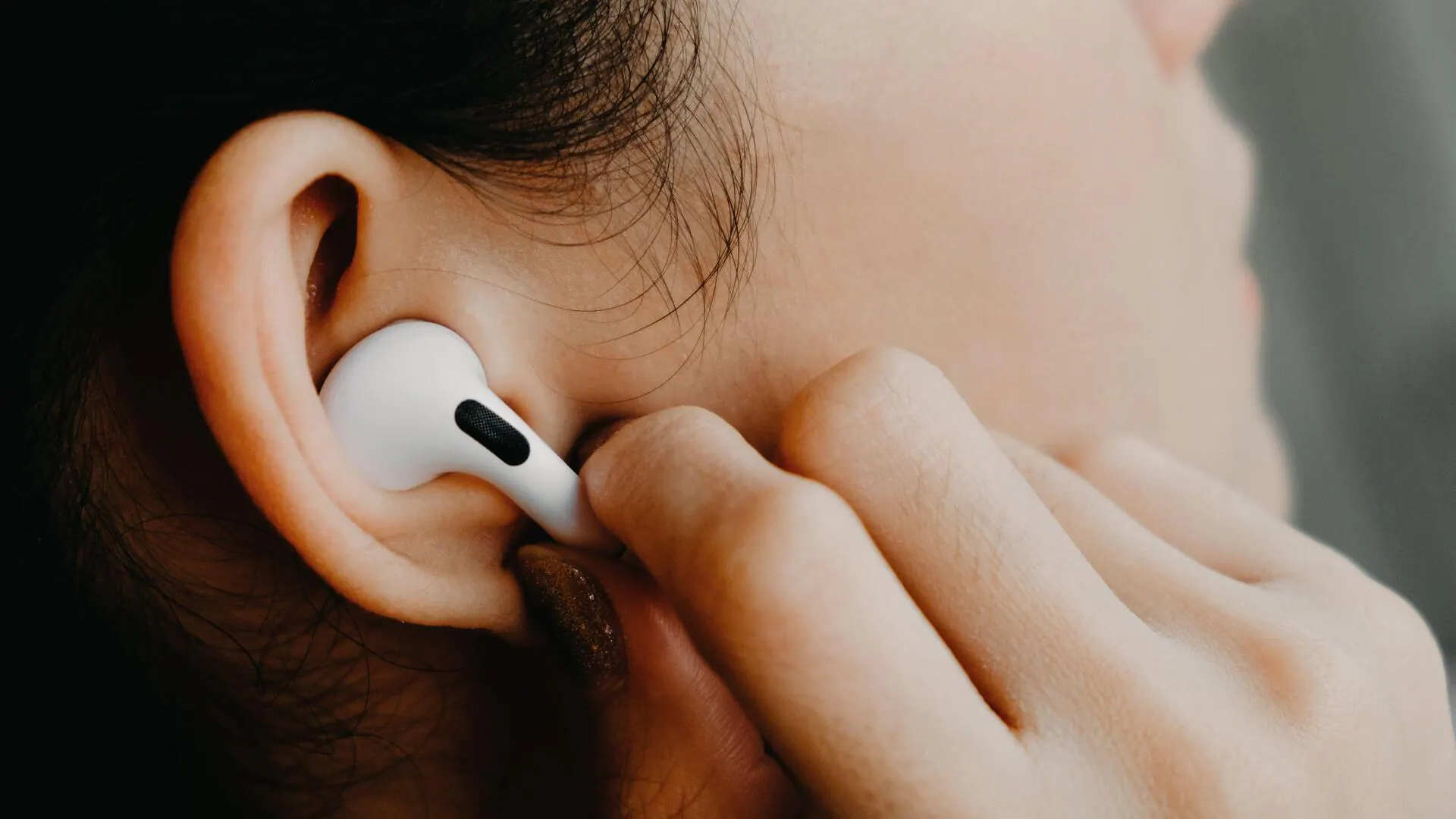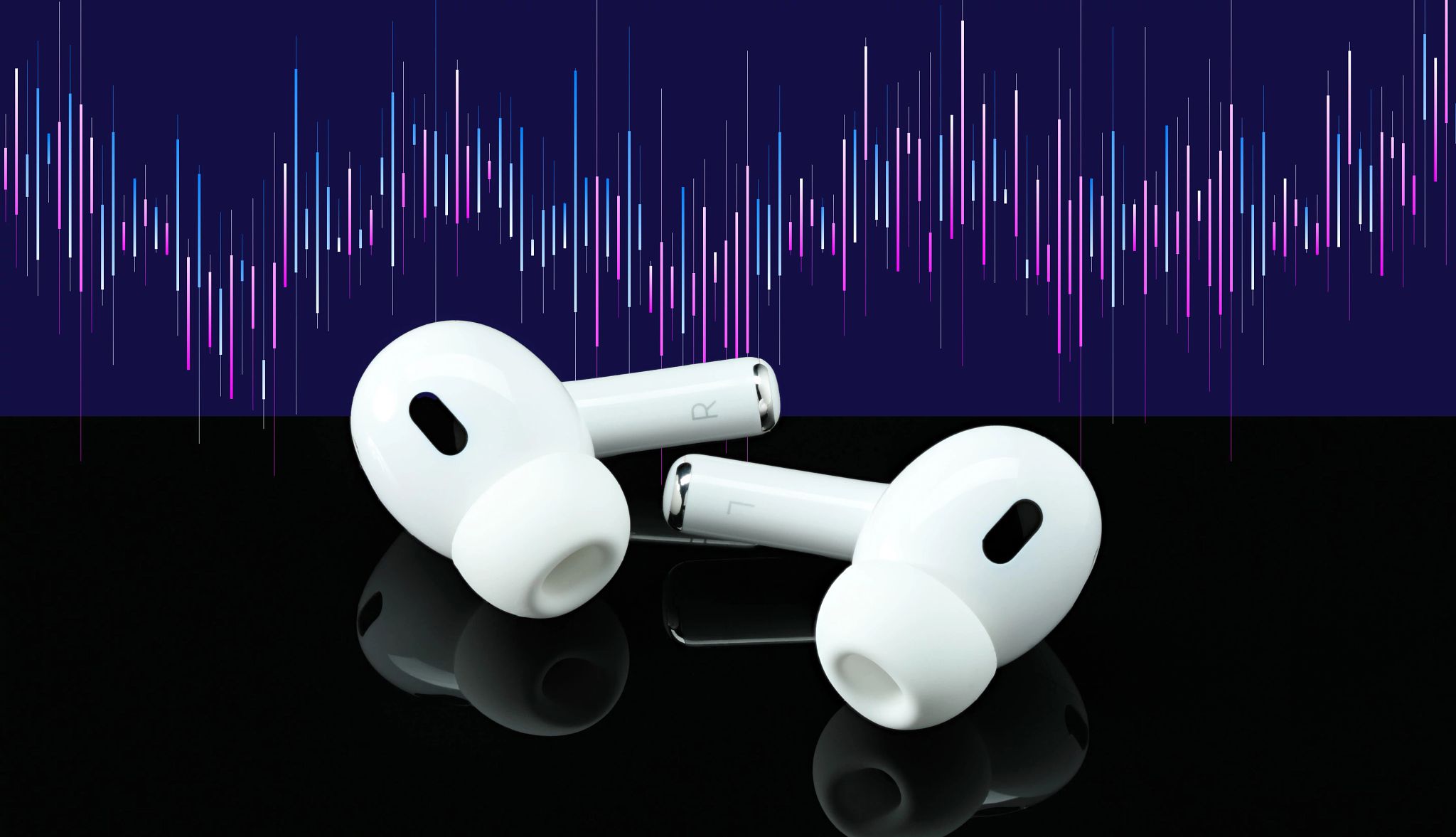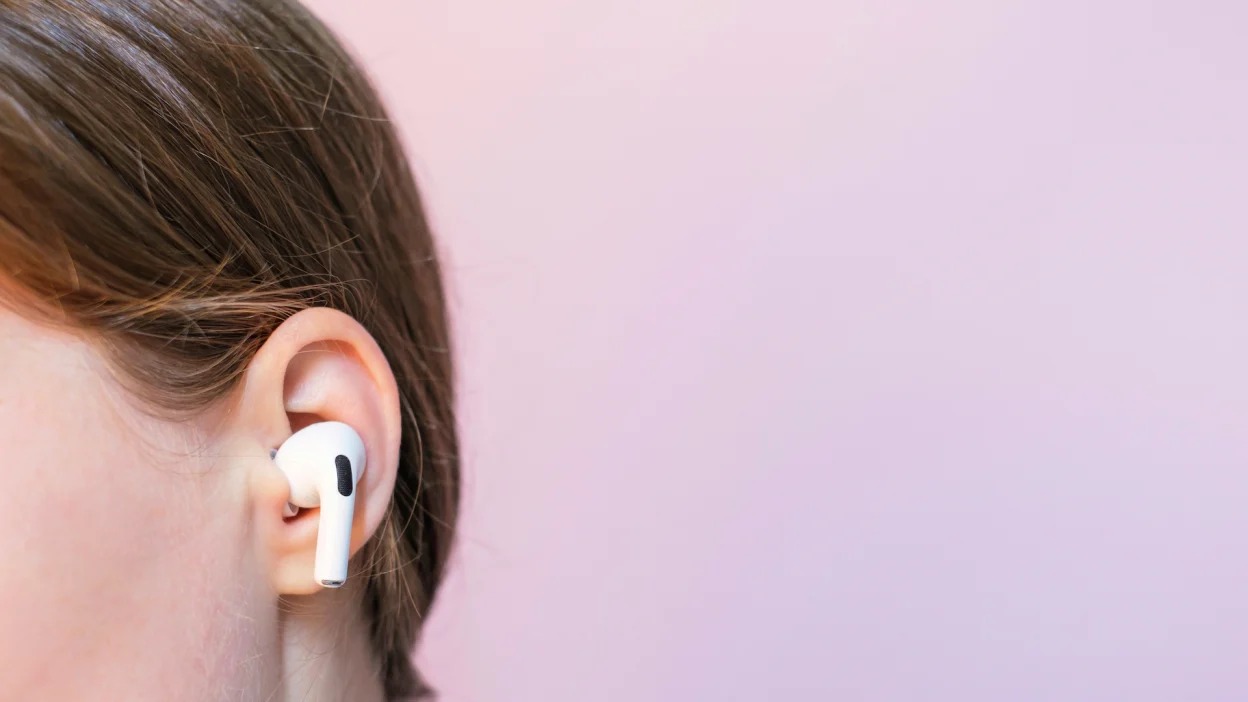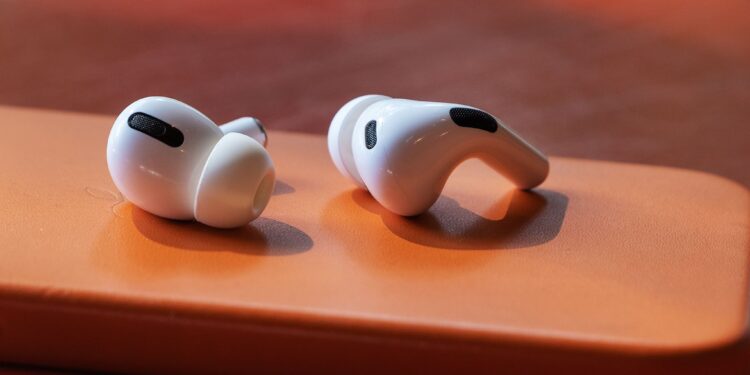In a significant leap for hearing health technology, Apple has unveiled groundbreaking new features for its AirPods Pro 2, turning the world’s most popular earbuds into an over-the-counter hearing aid. This update, part of the iOS 18.1 release, introduces clinical-grade hearing aid functionality, an integrated hearing test, and enhanced hearing protection. Such innovations not only highlight the versatility of the AirPods Pro 2 but also signal a shift in public perceptions towards hearing aids.

Transforming Earbuds into Hearing Aids
Apple’s initiative to equip the AirPods Pro 2 with advanced hearing health features could be a watershed moment for those with hearing impairments. By incorporating a hearing test directly accessible via the iPhone, Apple aims to address the fact that 80% of adults in the US haven’t had their hearing checked in the last five years. The simplicity of testing hearing through a device that is already part of daily life could dramatically improve this statistic.
The Stigma Around Hearing Aids and How Apple is Changing It
Traditionally, there has been a reluctance to adopt hearing aids due to their stigma and visibility. However, with the popularity and aesthetic appeal of AirPods Pro, Apple is uniquely positioned to challenge these perceptions. The new transparency mode and the ability to use AirPods as hearing aids discreetly allow users to maintain the functionality of high-quality earbuds while accessing necessary hearing support, potentially reducing the stigma associated with traditional hearing aids.
Comprehensive Hearing Protection
Prior to this update, users had already been using AirPods Pro at concerts as makeshift earplugs—a practice Apple had not officially sanctioned until now. With the release of iOS 18.1, the AirPods Pro 2 will actively offer hearing protection in all modes: noise cancellation, transparency, and adaptive audio, without the need for a specific concert mode. This feature utilizes a “multiband high dynamic range algorithm” to preserve the natural sound quality of live events while protecting the user’s hearing.

Personalized Listening Experiences at Loud Events
Choosing the right listening mode at loud events now boils down to personal preference. Whether it’s the adaptive audio setting that allows customization between more noise cancellation or more pass-through, or the full transparency mode, the AirPods Pro 2 ensures some level of hearing protection remains active. This is particularly crucial in environments where prolonged exposure to high decibel levels is common, although Apple advises that its hearing protection is not designed for extremely loud, abrupt noises.
AirPods as a Tool for Hearing Tests
The introduction of an in-built hearing test is another innovative feature designed to make hearing health checks more accessible. This test, which takes only about five minutes, involves tapping the iPhone screen in response to three-beep tone sequences. It’s designed to prevent predictability, ensuring the test’s effectiveness. Impressively, the results are nuanced enough to detect slight differences in hearing between ears, providing a detailed and personalized hearing health check accessible directly from the Health app.
Jerry Saltz’s Experience with AirPods Pro 2
Noted art critic Jerry Saltz, who has diagnosed hearing loss, tested the new features at our Manhattan office. His initial impressions highlight the potential of the AirPods Pro 2 to serve as a viable hearing aid, offering a blend of functionality and convenience not typically seen in traditional devices.

Apple’s integration of hearing health technology into the AirPods Pro 2 is more than just an enhancement of a popular product—it’s a potential game-changer in the field of auditory health. As more users begin to embrace these features, we can expect a significant shift in how society views and uses hearing aids, with Apple leading the charge in this new era of tech-driven health solutions. With the AirPods Pro 2, Apple is not only setting a high standard for future technology but also showing a profound commitment to improving quality of life through innovation.










